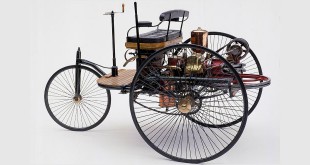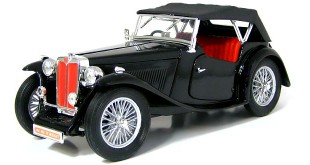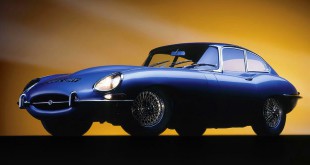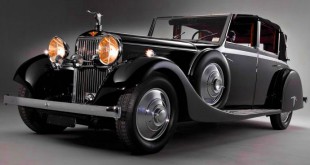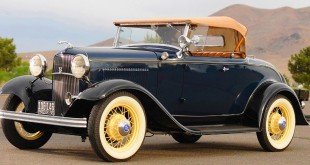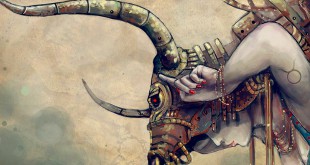Ford Fiesta — 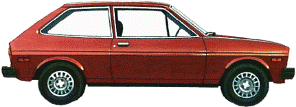 The Ford Fiesta (1978; Europe and the United States) is one of the subcompact automobiles that was introduced in the 1970s in response to the energy crisis.
The Ford Fiesta (1978; Europe and the United States) is one of the subcompact automobiles that was introduced in the 1970s in response to the energy crisis.
The Ford Fiesta is a mid-class supermini car designed and built by the Ford Motor Company in Europe, and also manufactured in Brazil, Mexico, Venezuela, China, India and South Africa. It is now marketed worldwide, including Japan and Australasia, but was only sold briefly in North America. It is one of Ford’s most successful cars with over ten million sold in seven distinct generations since 1976 and production continues as of 2007, with an eighth generation expected.
History
In the early 1970s, European demand from consumers for superminis was rising. Medium Fords such as the United Kingdom-built Ford Cortina were traditionally conventional front-engined, rear wheel drive cars, but their competitors were launching very small cars like the Fiat 127 and the Renault 5 which used front wheel drive layouts. The effects of the 1973 energy crisis was also affecting demand. Ford needed a small car to compete in this emerging market. After research and many mock-ups, a prototype and project known as “Bobcat” was created, which would be the basis of Ford’s new car. The original plans for the “Bobcat” specified a desire that the new car cost US$100 less to produce than the Ford Escort.
The short listed names for the new car designed by the project Bobcat team were Amigo, Bambi, Bebe, Bravo, Bolero, Cherie, Tempo, Chico, Fiesta, Forito, Metro, Pony and Sierra. Despite more board votes for “Bravo”, Henry Ford II personally overruled and named the car “Fiesta”. The name “Fiesta” belonged to General Motors at the time, however it was freely given for Ford to use on their new class B car. After years of speculation by the motor press about Ford’s new car, it was unveiled in late 1975.
Mark I (1976–83): Birth of the Fiesta
The Fiesta Mark I was launched in Europe in 1976. It was a breakthrough for Ford as it was their first truly successful front-wheel drive car. It was also the first new Ford car since the Ford Granada five years earlier. The first generation Fiesta was known as Ford’s “world car”, with an “Americanised” version being sold in the United States from 1978 to 1980. In the US it was classified as a subcompact car as a complement to the less sophisticated and larger Ford Pinto. The Fiesta’s small size, much shorter than even the VW Beetle prompted American management to invest in what would become the Mark III European Escort introduced in 1980, and the first generation North American Escort, introduced in 1981. That car would also be the basis for the larger Ford Tempo.
Mechanically, the Fiesta followed tradition, with an end-on four-speed manual transmission mounted to a new version of the Ford Kent OHV engine dubbed “Valencia”, named after the brand new Spanish factory in Almusafes, Valencia, developed especially to produce the new car. Ford’s plants in Dagenham, England and Cologne, Germany were also used to manufacture Fiestas. To cut costs and speed up the research and development time, many modified Kent engines destined for the Fiesta were tested in Fiat 127s. This also allowed covert road testing across Europe. It was only the second hatchback mini-car to have been built in the UK by this stage, being launched a year after the Vauxhall Chevette, but a year before the Chrysler Sunbeam and four years before the Austin Metro.
The Fiesta was a runaway success overnight, and the one millionth Fiesta was produced on January 9, 1979. The car was available in Europe with a 957 cc (high compression and low compression options), either a 1.1 and 1.3 L OHV petrol engines and in Base, Popular, L, Ghia and S trim, as well as a van. The US Mark I Fiesta was built in Saarlouis Germany but to slightly different specifications; US models were Base, Decor, Sport, and Ghia, the Ghia having the highest level of trim. These trim levels changed very little in the US Fiesta’s run from 1978 to 1980. All US models featured the more powerful 1.6 Kent engine (equipped with a catalytic converter for lead-free fuel), energy-absorbing bumpers, side-marker lamps, round sealed-beam headlamps, improved crash dynamics and fuel system integrity as well as (the unavailable in Eupope) optional air conditioning.
A sporting derivative (1.3 Supersport) was offered in Europe in 1980, effectively to test the market for the similar XR2 introduced one year later, which featured a 1.6 L version of the same engine. Black plastic trim was added on the exterior and interior, and the car looked exciting. The small square headlights were replaced with larger circular ones resulting in the front indicators being moved into the bumper to accommodate the change. With a quoted performance of 0-60 in 9.3sec and 105mph top speed, the XR2 hot hatch became a cult car beloved of boy racers throughout the 1980s.Minor revisions appeared across the range in late 1981, with larger bumpers to meet crash worthiness regulations and other small improvements in a bid to maintain showroom appeal ahead of the forthcoming Mark II.In 1978, the Fiesta overtook the Vauxhall Chevette as Britain’s best selling supermini, but in 1981 it was knocked off the top spot by British Leyland’s Austin Metro and was still in second place at the end of 1982.
 Kids Portal For Parents India Kids Network
Kids Portal For Parents India Kids Network
